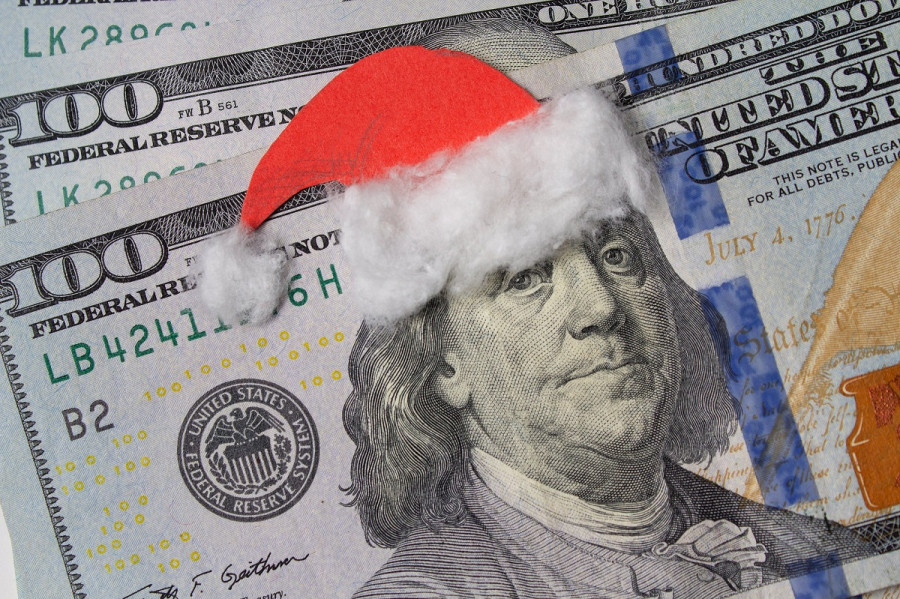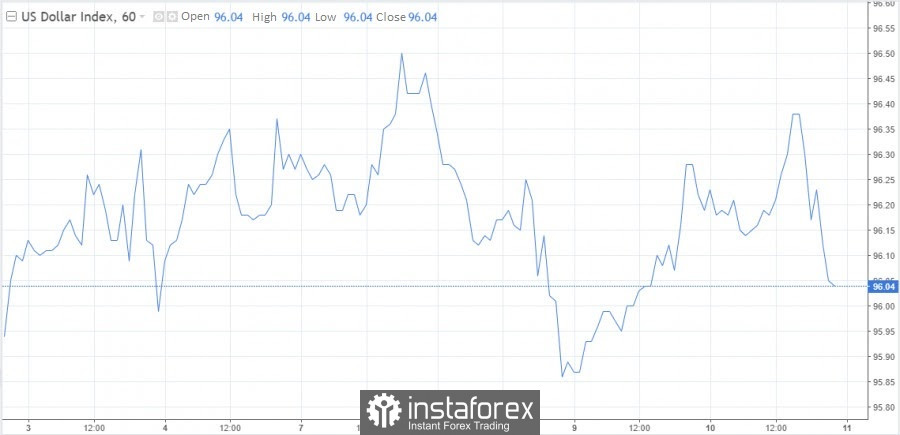

Judging by the latest data, the peak of inflation has not been passed, the rise in prices continues to eat into the economy. As predicted, U.S. annual inflation accelerated to a 40-year high, or 6.8%, in November. In theory, this should force the Central Bank to increase its efforts to combat it. It is believed that the new numbers will not have much of an impact on the Fed's December monetary policy meeting.
Despite the fact that Federal Reserve Chair Jerome Powell spoke about the occurrence of unpleasant surprises, if he does not accelerate the process of abandoning bond purchases, next week there may be a confrontation between the doves and the hawks of the Fed.
The former will look for signs of a short-term weakening in the growth of prices for goods sold. Gasoline prices, for example, have been declining for a month. The latter focuses on the penetration of inflation in such areas as rent. The CPI will also be taken into account with its important component – inflation expectations.
In the meantime, the markets are laying down a high probability that the Fed will double the pace of curtailing incentives with the expectation of completing QE in March or April. Thus, the first-rate increase may occur in May. There is a 63% probability for such a scenario development. One increase by the end of 2022 is estimated at 98%, two – at 89.5, and three - at 67%.
Yes, Powell has switched to the side of the hawks, investors' expectations look too optimistic somehow. What if inflation starts to slow down? After the crisis of 2008, inflation began to recover quite quickly, while economic growth remained unstable.
Perhaps America is already approaching an inflationary peak, given the growth of the dollar index by 8% in six months and a decrease in the intensity of logistical problems. Of course, there is no question of returning to the target of 2%. A temporary stop somewhere in the region of 4% would be quite a suitable option.
Otherwise, the Fed will have to move away from the zero interest rate policy. However, it is not a fact that the regulator will start acting from the series right now. The most reasonable thing, as economists like to say, is to leave the door open for a faster tightening of monetary policy.
Dollar forecast
As for the dollar, analysts predict that its direction will remain bullish in the coming days. There is no other way here yet: The Fed should accelerate the curtailment of QE, while other regulators, including the ECB and the Bank of Japan, take a much less hawkish position.
The fact that the U.S. currency index broke through and held above 94.65 indicates its long-term bullish positioning. The technical picture will remain on its side, even if it shows weakness at some point.

Growth towards the upper limit of the 6-year range looks quite viable. The main target remains the level of 100.00, especially considering that the greenback failed to stay above it several times.
The outlook for the dollar will look very attractive, at least until other Central Banks are revived. Next week, the meetings of the Bank of England and the ECB are scheduled. They will not raise rates - it is not even discussed, but they will hint at the possibility of taking action in response to inflation. Even these words will be enough to lift their national currencies from their knees. The question is, will they do it?
It is important to understand that the dollar will not grow forever either. Given the expected tax hike and tighter monetary policy, the greenback could soon form a top.